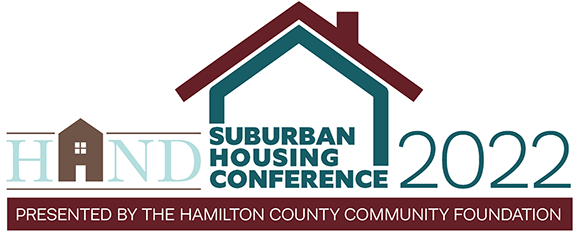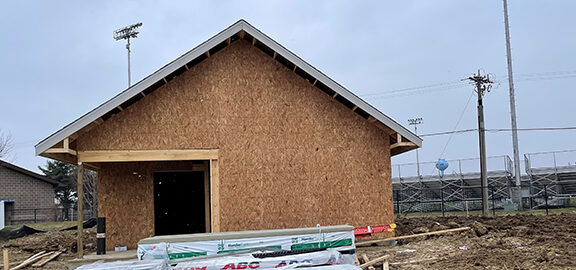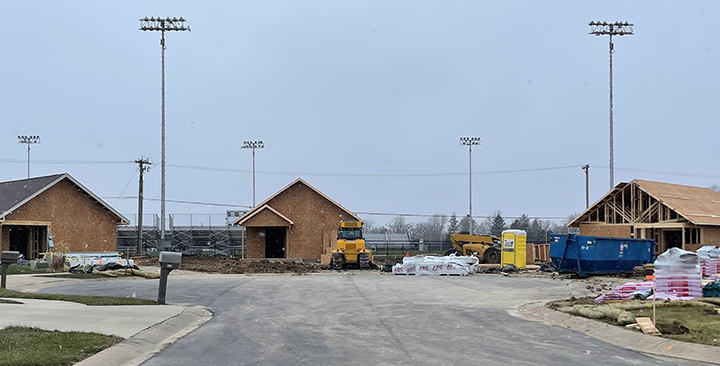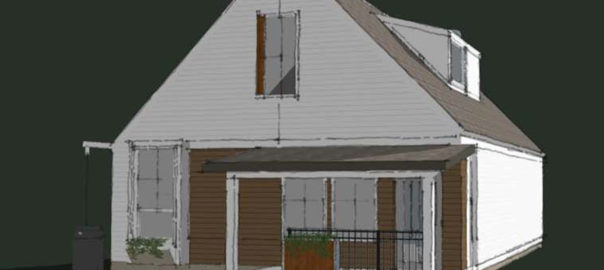Attendance at HAND’s 2022 Suburban Housing Conference more than doubled from the previous year, as local leaders gathered to see the latest Hamilton County housing research and explore ways to address the need for more affordable options.
Over 175 people registered for the May 4 event presented by the Hamilton County Community Foundation, including more than a dozen elected officials. In welcoming guests to the conference, County Commissioner Christine Altman stressed the importance of having a full continuum of housing options to meet the needs of the county’s growing workforce. If businesses can’t find employees they need here, eventually, they will look elsewhere.
“If we’re not growing, we’re dying,” she said.
And Hamilton County is becoming less affordable to more people, according to the results of a new housing study released at the conference. Consultant Katie Wertz of Indianapolis-based Greenstreet Ltd. walked attendees through the research, which shows that stagnant incomes and growing home prices are creating affordability problems for most income groups – especially for those households earning less than $98,000 per year (120 percent of area median income).
Hamilton County Economic Development Corp.’s Mike Thibideau led a panel discussion about creating a housing continuum, soliciting insights from Noblesville’s Director of Community Development Sarah Reed, Fishers’ Director of Planning and Zoning Megan Vukusich, and local developers Tony Bagato of Lennar Homes and Justin Moffett of Old Town Companies.
Westfield Washington Township Trustee Danielle Carey Tolan delivered a lunchtime keynote, sharing her observations from the trenches. Township trustees provide financial assistance to residents in need, and the Hamilton County Trustees Association, which Tolan leads, has been administering the county’s Emergency Rental Assistance Program for those impacted by COVID.
“I’m not responsible for fixing every person’s problems when they walk through my door. They have to do that work,” Tolan said. “However, if my community can’t even provide a range of opportunities to improve their lives, then I cry for my community. … We are a resource-filled county in terms of smarts and wealth – it is time to reexamine our priorities and then act on them.”
The conference’s afternoon sessions included three workshops that explored specific strategies that could help improve the housing outlook: Community Land Trusts and Housing Trust Funds, Public-Private-Philanthropic Partnerships, and Land-use Strategies to Increase & Diversify Housing.
Tom Kilian, president of the Hamilton County Community Foundation, closed out the day.
Other conference sponsors were the Noblesville Housing Authority, Hamilton County Trustees Association, Family Promise of Hamilton County, Woda Cooper Cos., David Rausch Studio, PNC Bank, and Breathe Easy Hamilton County.
Table sponsors were the City of Carmel’s Division of Planning & Zoning, Greater Indy Habitat for Humanity, Invest Hamilton County, Kittle Property Group, Multifamily Construction Services, RealAmerica, ULI Indiana, Weihe Engineers, and Brenner Design Architects.






